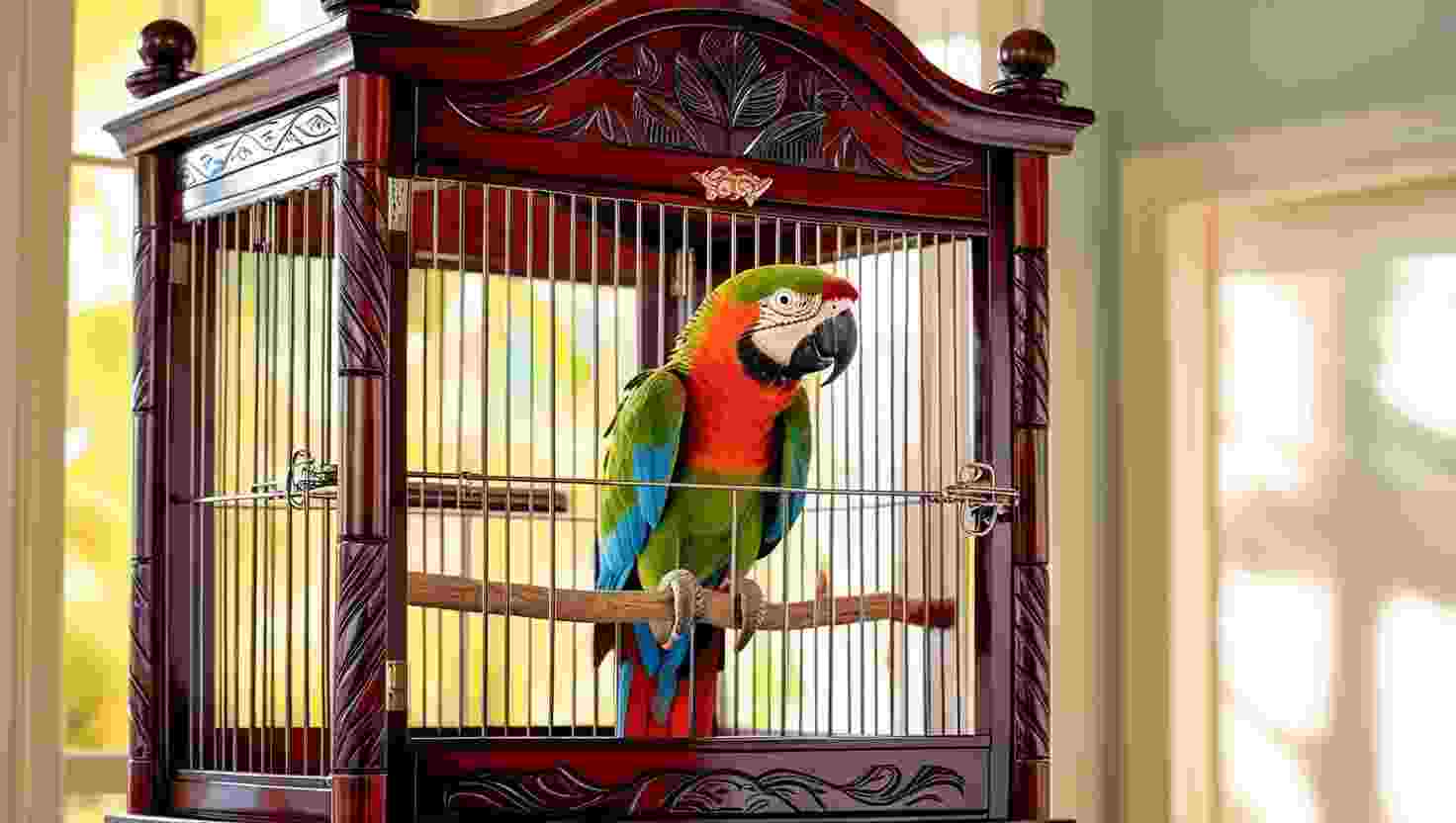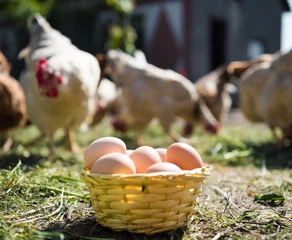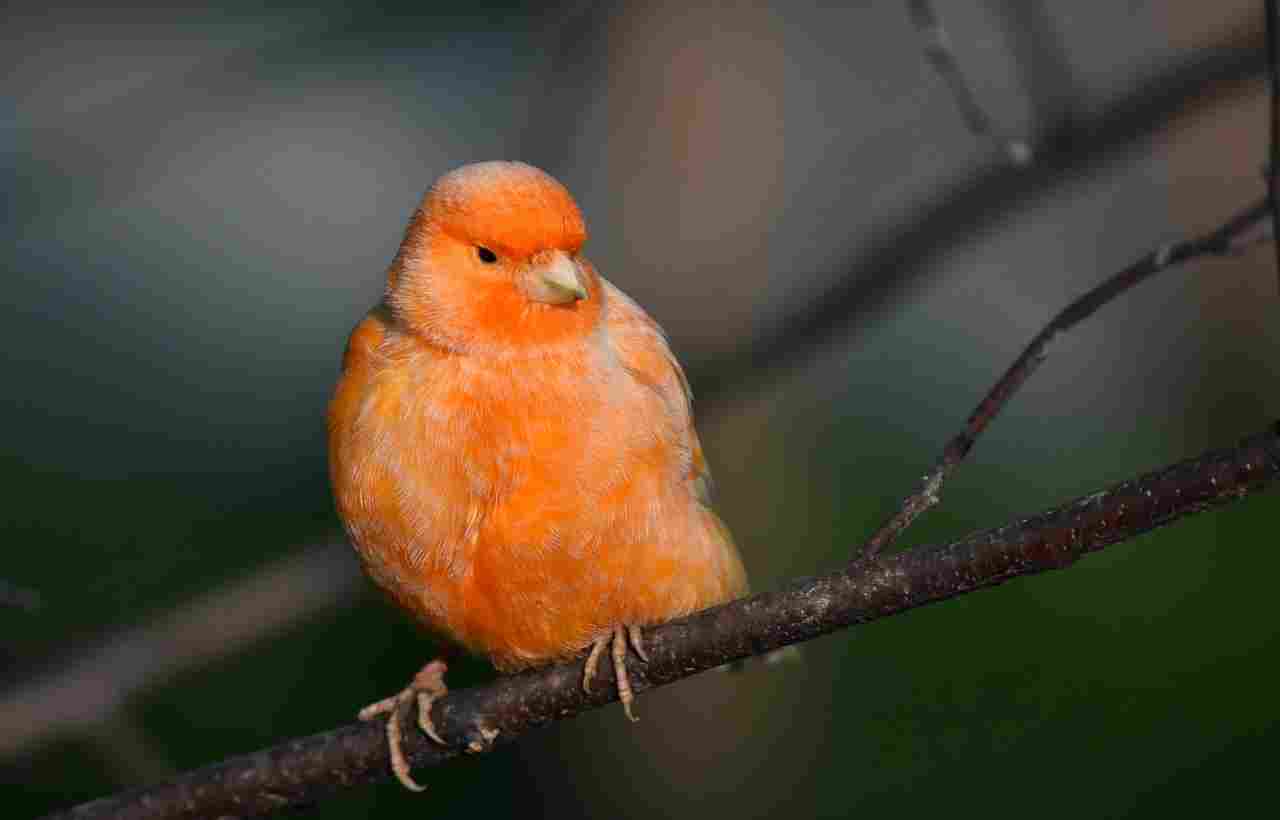Cardinal Bird Food: Proven Happy Ways to Attract Cardinals Fast

There’s something utterly magical about spotting a Northern Cardinal in your backyard. That flash of crimson against a winter backdrop or hearing their metallic cheer-cheer-cheer feels like nature’s own fireworks display. But let me guess—you’ve seen them pause at your feeder and… flutter away? You’re not alone. Getting cardinals to settle in your yard boils down to one secret: offering the right Cardinal Bird Food they can’t resist. Forget random seed blends; to woo these vibrant visitors, you need to master their dining preferences. Welcome to your roadmap for transforming your garden into a cardinal paradise!
Table of Contents
The Cardinal Diet: What’s on Their Natural Menu?
The Northern Cardinal’s strong, thick beak isn’t just ornamental—it’s a culinary tool designed for heavy-duty meals. In the wild, their diet shifts with the seasons:
Spring/Summer: Relies heavily on protein-rich insects (beetles, spiders, grasshoppers), balancing seeds with wild berries like blackberries, and dogwood fruits.
Fall/Winter: Focuses 80% on seeds, fruits, and buds. Think: sunflower, safflower, and late-season berry reserves.Unlike smaller songbirds, cardinals shatter large seeds effortlessly, making them masters at accessing energy-dense foods. Their feeding style also involves “perch-to-ground” movements, pecking seeds off surfaces like fence rails, or kicking up forest duff for insect larvae. Understanding this cardinal diet is key to replicating success at your feeders!
Best Cardinal Food: Top Choices They Absolutely Crave
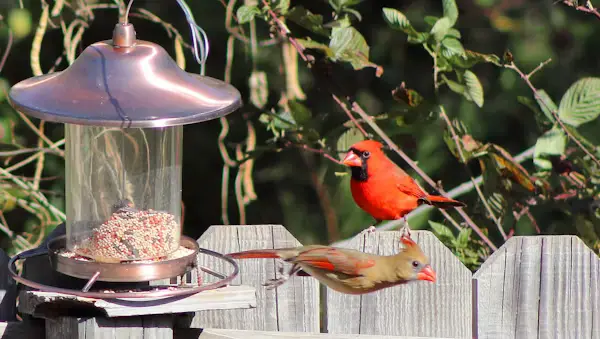
Pure. Specific. Uncomplicated. Cardinals aren’t fans of experimental mixologists—they prefer straightforward, hearty staples packed into your cardinal seed mix. Based on studies from partners like Wild Birds Unlimited and real-world birding forums, these are their gold-star choices:
Standout Seeds Cardinals Can’t Resist
- Black Oil Sunflower Seeds: The 1 favorite. High fat content fuels their metabolism while their hefty beaks make cracking hulls easy. Expect a splatter mess—though sunflower chips are a hull-free compromise.
- Safflower Seeds: Treated like caviar amongst cardinals. Rich in oils for winter endurance, its bitter taste wards off squirrels and grackles.
- White Proso Millet: Especially appealing to cardinals foraging on the ground (some swear cardinals eat more millet in-ground feeding zones than feeders).
Beyond Seeds: Supplemental Superstars
- Suet Dough & Bark Butter: Packed fat/protein content mimics insect benefits.
- Crushed Peanuts or Peanut Pieces: Adds vital protein during molting/nesting.
- Chopped Fruits (Apples, Cherries): Replaces wild berries when out-of-season.
Crafting the Perfect Cardinal Bird Feeder Food Mix

Commercial “cardinal blends” often disappoint by bulking up with cheap fillers (oats, milo, wheat). Experts suggest building your own cardinal seed mix based on this prioritized list:
| Ingredient | Percentage Mix | Why Cardinals Love It |
|---|---|---|
| Black Oil Sunflower | 50% | Easy cracking; maximum caloric energy |
| Safflower Seeds | 30% | Bitter squirrel repellent; highly nutritious |
| Sunflower Chips | 10% | No mess, no fuss snacking |
| Peanuts/Suet Bits | 7% | High-protein bonus |
| Crushed Dried Berries | 3% | Replicates wild food source |
Pro Tip: Safer brands like Audubon Park’s Cardinal Blend use just 100% sunflower + safflower. Avoid dyed or treated seeds—they’re harmful long-term. Prefer options where short ingredient lists clearly align with cardinal feeding habits.
Feeder Secrets: Giving Cardinals the Restaurant Experience
You can offer grade-A seeds, but if served wrong? Cardinals won’t stay. These territorial birds favor certain feeder setups:
- Tray/Platform Feeders: They fly outward feet-first, requiring broad space to land. Ground trays near shrubs work exceptionally.
- Large Hopper Feeders with Broad Ledges: Offers a dining-style perch your cardinal pairs favor.
- Height Matters: Mount feeders 5-6 feet off-ground, near protective hedges but away from squirrel highways.
As Perky-Pet notes in their guide, “Cardinals dine methodically. A crowded tube feeder intimidates—open trays welcome them.” Remember to place debris-catching trays below feeders to limit hull litter versus scattering seeds directly onto porous surfaces.
What to Avoid: Cardinal Dietary Red Flags
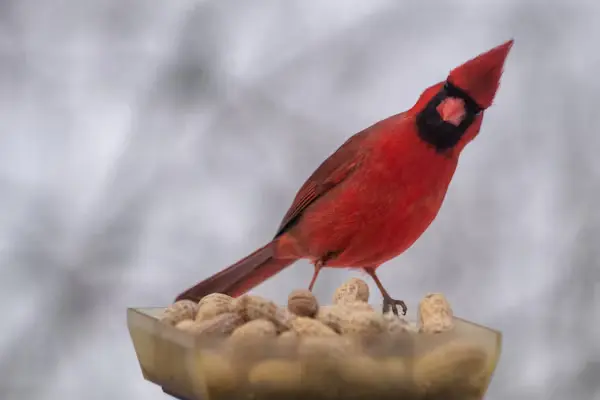
Spectacular birds deserve safe fuel. Steer clear of:
- Moldy or clumped seeds (common in rainy seasons).
- Salted peanuts, bread crumbs, or sugary snacks upset their digestive systems.
- Generic mixed-pack seeds loaded with “filler” grains like oats and cracked corn (which often lure bully species displacing cardinals).
Stick with high-oil seeds in manageable portions changed every 3 days to ensure peak freshness—your crimson guests are gourmands, not scavengers!
Frequently Asked Questions About Cardinal Bird Food
Q1: What’s the best cardinal bird food for snowy winters?
Black oil sunflower dominates winter cravings for rapid calorie intake (blended with suet chunks).
Q2: Will cardinals eat from tube feeders?
Generally no. They need large platforms for landing stability. If you insist on tubes, choose oversized versions with tray attachments.
Q3: How often should I refill feeders?
Cardinals become “neighbors”—not nomads. Replenish daily in peak seasons, ensuring no gaps in their fast metabolism.
Q4: What natural foods support a cardinal’s diet alongside my seed blend?
Plant berry-heavy shrubs (sumac, dogwoods), leave wildflower perennials like coneflowers intact for seeds in winter, or offer chopped raisins/apples quarterly.
Conclusion: Legacy of Red Feathers at Your Feeder
You now hold the keys to transforming your backyard into the VIP lounge for cardinals: simple, big-hearted seeds served perfectly. Every safflower pellet is a crimson invitation; each sunflower chip whispers “settle here, grow a family”. I still remember the first winter a cardinal pair maintained their scarlet flame at my tray—it starts with choosing the best cardinal food strategically for them.
Ready to glam up your bird friend list? Grab a quality seed blend, set that tray feeder, and wait. Share your victories below—we’d love to hear about the flash of red that chose your yard!



